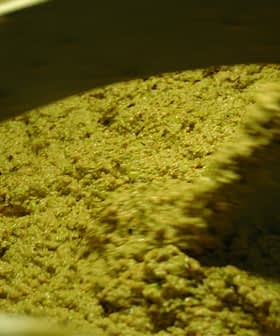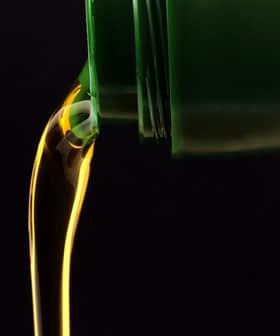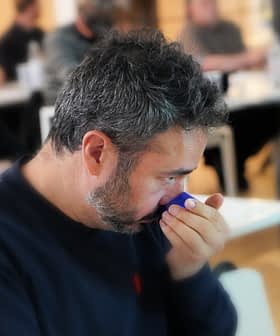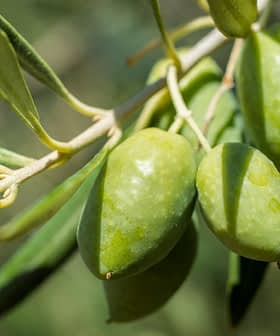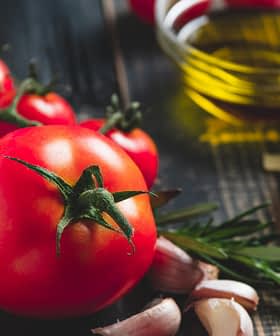How Terroir Affectsextra virgin olive oil Quality in Chile
Chilean extra virgin olive oils won two “Best in Class” awards at the 2015 New York International Olive Oil Competition, highlighting their quality on a global scale. Researchers in Chile found that the geographical location, soil composition, and climate significantly influenced the sensory properties and phenol content of extra virgin olive oil, with oils from different regions showing distinct characteristics.
At the 2015 New York International Olive Oil Competition, Chilean extra virgin olive oils were recognized with two “Best in Class” awards earning the coveted distinction as some of the best olive oils in the world.
The two winning oils were a Picual from Las Doscientas and a blend by Olave.
See Also:The best olive oils from Chile
Chile is a country that spans a largely diverse geographical area that has a the highly varied climate and different soil compositions.
To determine how geographical location affectedextra virgin olive oil quality, researchers from Chile evaluated the effects of climate, soil composition, and agricultural practices such as fertilization and irrigation on sensory properties of extra virgin olive oil.
They also looked to see if stage of fruit ripeness at harvest affected the phenol content of extra virgin olive oil produced in Chile.
For the study, the researchers selected cultivars of olives grown in commercial orchards in two different geographical locations of Chile: the Limari Valley, a Marino subtropical desert with an annual rainfall of only 22 millimeters; and the Molina area that has a Mediterranean-like climate with an annual rainfall of 735 millimeters.
The study, published in the January 2016 edition of the Journal of the Science of Food and Agriculture, found differences in the soil composition of the two areas. The alkaline soil in the Limari valley had a higher content of Ca, Mg, K and Na than Molina soil; whereas the acidic soil of Molina contained more iron and magnesium. Additionally, the clay loamy soil, characteristic of arid zones of Limari, had better chemical fertilization than the soil in Molina.
For the study, olive oil was extracted from olives harvested in the 2011 – 2012 and 2012 – 2013 seasons using the two-phase centrifugation system and classified as extra virgin according to the official analytical methods.
Phenolic content of the extra virgin olive oil produced from the two geographical locations was found to be very different. Extra virgin olive oil produced in the Limari valley had a higher total phenol content than olive oil produced in the Molina area for both seasons (473 vs. 326 miiligrams per kilogram olive oil in 2011 – 2012; and 493 vs. 208 milligrams per kilogram olive oil in 2012 – 2013).
The higher evapo-transpiration and lower irrigation in the Limari Valley orchards compared to the Molina orchards could possibly explain the differences in total phenol content in olive oil from the two areas.
According to the authors, previous studies have shown that EVOOs obtained from traditional rain-fed orchards had higher phenol content than irrigated orchards. High water content in irrigated orchards affects solubilization of phenolic compounds and alters release of polysaccharide-linked phenolic compounds during the olive oil production process.
The authors also found that the volatile compounds in extra virgin olive oils were affected more by temperature than by irrigation and evapotranspiration rate. Additionally, the phenol content ofextra virgin olive oil decreased as olive maturity at time of harvest increased.
Based on their findings, the investigators conclude that the geographical location, soil and climate in Chile had a greater influence on the sensory quality of extra virgin olive oil than the olive cultivars.


